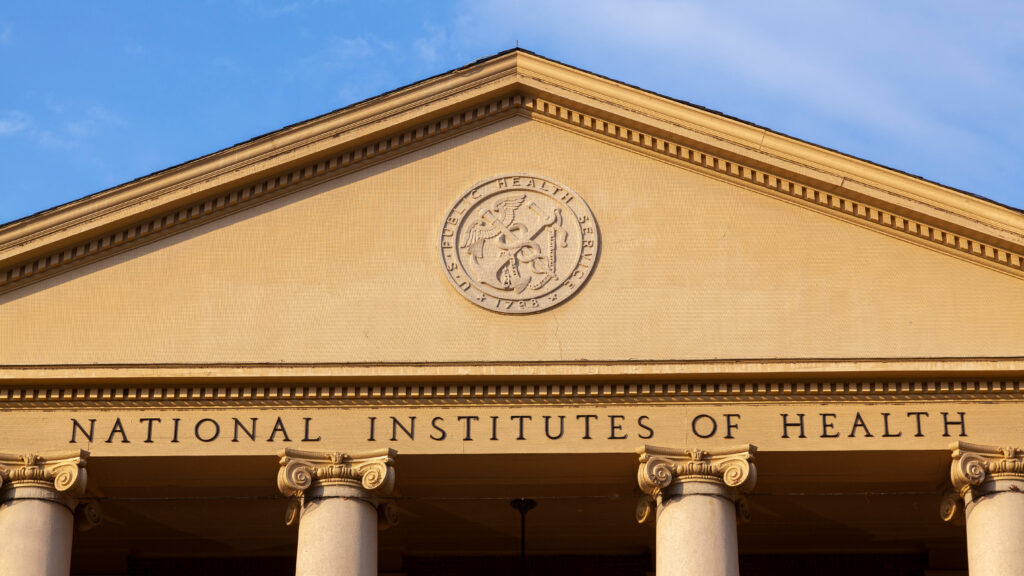
Days after a federal judge ordered the restoration of over 1,000 biomedical research grants, the National Institutes of Health (NIH) has announced an immediate halt to further terminations of grants. This decision, detailed in an internal email obtained by STAT, marks a significant shift in the agency’s recent actions.
Since the inauguration of President Trump in January, the NIH, the nation’s largest biomedical research funder, has terminated an unprecedented number of research grants. The abrupt cessation of these terminations follows a ruling by a federal judge in Boston, who declared some of these actions “void and illegal.” The judge further denied the administration’s request to pause his order, intensifying the pressure on the NIH to comply.
Background on Grant Terminations
The NIH’s decision to terminate a substantial number of research grants has been a point of contention within the scientific community. Many researchers have expressed concern over the abrupt nature of these terminations, which they argue could jeopardize critical scientific advancements. The email from Michelle Bulls, director of the Office of Policy for Extramural Research Administration, indicates that more terminations were imminent before the judge’s ruling.
The email, sent on Tuesday afternoon, instructed staff:
“Effective immediately, please do not terminate any additional grant projects. Please unrelease all grant projects that are in the queue to be terminated. Again, do not terminate any additional grant projects.”
Legal and Scientific Implications
The legal battle over the NIH’s grant terminations underscores a broader conflict between scientific funding policies and judicial oversight. The federal judge’s ruling highlights the judiciary’s role in checking administrative actions that may overstep legal boundaries. This case could set a precedent for how grant terminations are handled in the future, potentially influencing policy decisions across other federal agencies.
Experts in the field have weighed in on the potential implications. Dr. Sarah Thompson, a professor of biomedical ethics, noted,
“The NIH’s decision to halt terminations is a necessary step to ensure that scientific research is not unduly disrupted by administrative decisions. This case illustrates the delicate balance between policy implementation and legal accountability.”
Historical Context and Future Outlook
This development is reminiscent of past conflicts between scientific funding bodies and the federal government. Historically, shifts in administration have often led to changes in funding priorities and policies. However, the scale of the current terminations and the subsequent legal intervention are unprecedented.
Looking forward, the NIH’s actions could influence future funding strategies and the stability of research projects nationwide. Researchers and institutions are now closely monitoring the situation, hoping for a resolution that prioritizes scientific integrity and progress.
The NIH’s decision to halt grant terminations is likely to have far-reaching consequences, both legally and within the scientific community. As the situation evolves, stakeholders will be keenly observing how this impacts the landscape of biomedical research funding in the United States.



